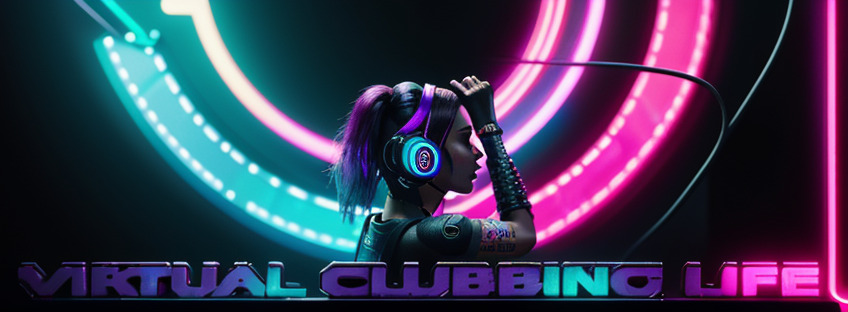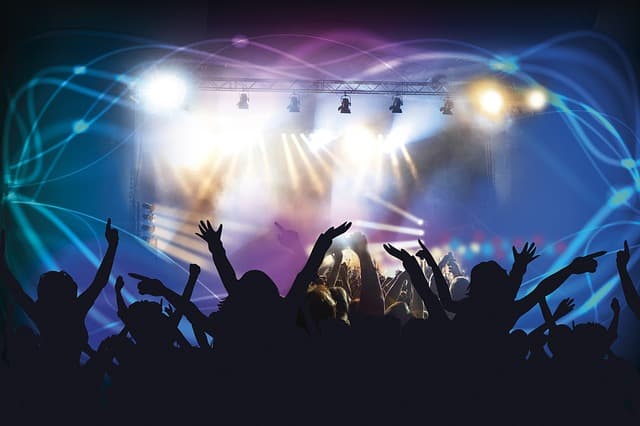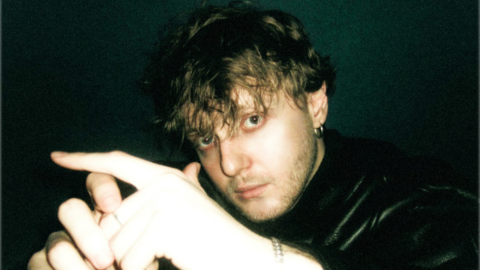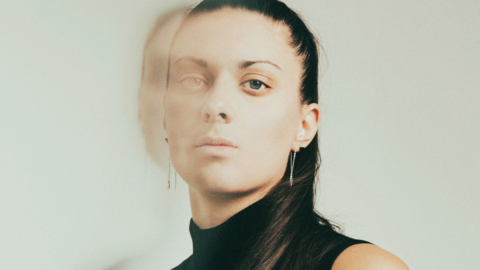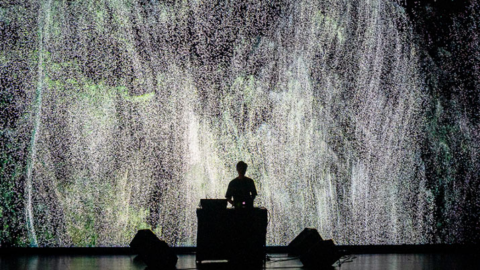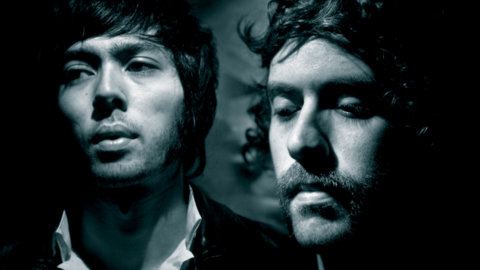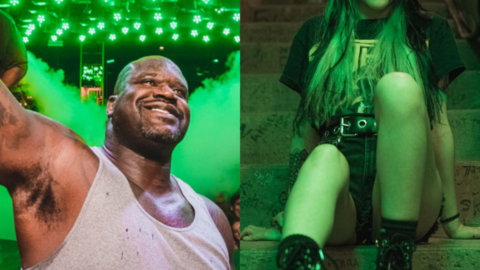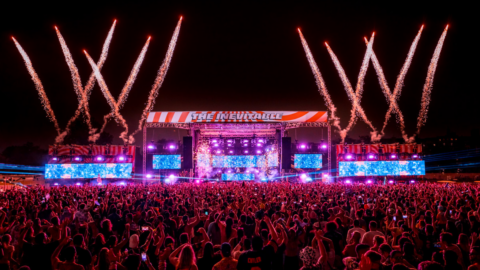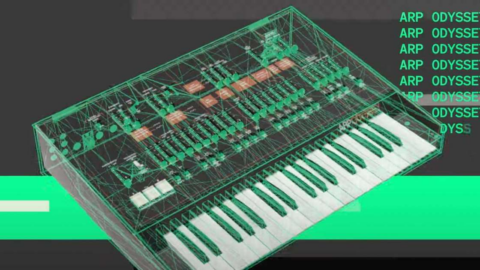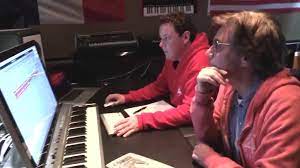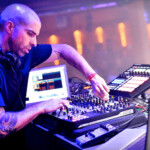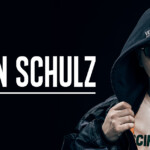As EDM genres like Dance Pop and Progressive House reach their peak of popularity, darker, more experimental DJs find their numbers on the rise.
by Sarah Kloboves from Chartmetric
In any major music genre, subgenres rise and fall as a particular sound evolves. In Rock, we saw the ’70s birth Hard Rock, Punk, and Heavy Metal, while Post-Punk, New Wave, and Glam Metal peaked in the ’80s. For Hip-Hop, the ’90s ushered in some of the first hardcore styles of Gangsta Rap, which were later blended out in the 2000s as mainstream Pop influences grew. While Electronic Dance Music (EDM) emerged decades ago, the genre’s Pop flow developed in the early 2000s. In more recent years, EDM has evolved in significant ways, with cultural influences like a global pandemic accelerating a shift in sound, geography, and the kinds of artists who move the needle.
The beginning of EDM can be traced back to the 1970s Disco decade. Beginning with bands like Chic and The Bee Gees and eventually transitioning to groups that focused on drum machines and electronic instruments, the goal of dance music was to create synthesized rhythms that could get massive crowds of people boogieing on the dance floor. Over the next 20 years, Disco would diverge into House and Electronic music, while technological advancements in the ’90s would introduce even more contemporary sounds like Techno, Dub, and Hardcore Rave.
Show this to a NEW RAVER! Can you ID all the EDM subgenres? ? #edm #ravetok #edmtiktok #electronicmusic #raves #musicfestival #ravemusic
The dawn of the millennium brought producers like Tiësto, Daft Punk, and David Guetta onto the scene, and EDM was quickly propelled from popular to massively mainstream. Tracks like “We Found Love (ft. Rihanna)” and “Stay The Night (ft. Hayley Williams)” proved that mixing EDM beats with a few of radio’s most beloved icons was a recipe for some of the biggest hits of the genre thus far. As a result, EDM in the late 2010s became largely commercialized by the subgenres of Big Room and Progressive House, i.e., remixes filtered with Pop influences and designed primarily for large clubs and festivals.
Just as euphoric Dance Pop hits were entering what seemed like their golden age, the rise of COVID-19 would quickly throw the genre’s trajectory onto a different path. The two-year hibernation of nightclubs and concert venues meant that DJs were now forced into the confinements of their homes. With newfound time to explore and produce, several of the darker, less mainstream subgenres like Techno and Deep House began to re-emerge in popularity.
Many of today’s newest names in EDM saw a massive rise in listening from the beginning of the pandemic to now. John Summit, for example, rapidly became one of the hottest names in dance music worldwide thanks to Tech House influences from his hometown of Chicago. The 28-year-old’s prolific output resulted in the accumulation of nearly 5M Spotify monthly listeners in the span of only two years. He was also named Beatport’s Best Selling Artist of 2021. Other notable risers from underground subgenres include artists like Rezz and Fred Again.., both of whose influences stem from a harder side of EDM. Gaining around 1M Spotify monthly listeners over the span of the pandemic, Rezz has grown significantly well-known for her experimental Space Bass sound, swirling psychedelic goggles, and an arguably “spooky” live performance experience.https://www.youtube.com/embed/8sLIhA2NcLc?feature=oembed
London’s Fred Gibson, better known as Fred Again.., also derives much of his sound from the darker side of Techno, but he adds a unique twist. In 2019, Gibson began a project titled Actual Life, which involves him collecting samples from various sources—voice memos, social media clips, and music by other artists—and incorporates them into original tracks. Many of the themes throughout his sets center around mental health and well-being, a seemingly unusual pairing given the commercial EDM/Dance Pop mood. Fred’s refreshing twist on the genre has resulted in a surge in his popularity: 9M Spotify monthly listeners gained in two years, in addition to 52M+ YouTube Channel Views and an Instagram following of 512K. The DJ’s latest album, Actual Life 3, was released on Oct. 11 of this year, resulting in him being crowned one of Spotify’s top playlisted artists.
While many of EDM’s greatest pioneers still possess massively impressive listening and following counts, there appears to be a noticeable dip in streaming engagement following 2020. For example, one of the most notable EDM legends, Martin Garrix, has experienced a 6.2M Spotify monthly listening drop since 2019. Other greats like Zedd and Diplo have also seen significant declines in engagement, despite several new releases and festival appearances within the last year.
Given music’s tendency to transition through subgenres, does a loss in listening suggest that Dance Pop and Progressive House no longer have a tight grip on today’s rave scene? Perhaps, but it’s also possible that the Electronic Dance market is oversaturated, causing fans to gravitate toward bedroom DJs on the rise post-quarantine. Though several big names have proven it difficult to amass the followings they built in the 2010s, recent radio hits like David Guetta’s “I’m Good (Blue)” prove that Dance Pop hasn’t gone away. The song features Pop icon Bebe Rexha and samples Eiffel 65’s “Blue (Da Be Dee) (DJ Ponte Ice Pop Mix),” a Euro Dance track that became internationally successful in the late ’90s. Since its release in August, the song has held its place in the Top 5 top trending tracks globally according to Chartmetric Score, as well as ranking No. 1 out of all Electronic songs worldwide.
In addition to “I’m Good (Blue),” Guetta’s global dominance gives another suggestion as to why this genre would have a difficult time disappearing from the mainstream. Given his longstanding dominance over EDM, it’s really no surprise that Guetta’s top cities are from markets all around the globe. As for newcomer John Summit, on the other hand, it’s quite significant that the Chicago-based star has found nearly identical global engagement growth in the span of only two years. This mirrored success is likely due to the international reach of House music. As a result, artists of this subgenre can more easily build their audience on a global scale.
Contrarily, the harder, more niche subgenres may not find global sustainability as easy as House or Dance Pop. For example, Heavy and Midtempo Bass artists Rezz and Zeds Dead have experienced growth primarily in North American markets, and Dubstep legend Subtronics has nine out of his Top 10 markets in the United States. As for some of Techno’s biggest names, Fred Again.. and HI-LO, it appears that this subgenre is centered much more around Northern European countries.
Though Dance Pop and Progressive House still seem to have the biggest global reach, massive Big Room chart toppers have become less frequent in comparison to the 2010s. This hasn’t stopped mainstream Pop/R&B artists like Drake and Beyoncé from experimenting with subgenres of Dance music and bringing EDM fully into the Pop fold. And yet that mainstream visibility seems to be giving way to darker, more experimental tones.
Email address is not displayed with comments
Note: Use HTML tags like <b> <i> and <ul> to style your text. URLs automatically linked.
With the internet and digital technologies driving rapid change within the music industry, articles about new releases and who has been hired and fired are no longer enough. Our up to the minute industry news alongside insightful commentary helps our readers sift through the rumors and developments to find the information they need to keep their businesses moving forward.
Hypebot is read daily by more than 30,000 music industry professionals including executives and senior staff of music related tech firms, internet based music sites, every major label group and most indies as well as many managers, artists and members of the live music community:
Contact us for the latesst stats, ad rates and sponosorship opportunites. We also offer combined rates with MusicThinkTank.
“I swear by Hypebot every morning over breakfast.”
Derek Sivers
Founder, CD Baby
“Hypebot is the most focused music business centric resource we have.”
Celia Hirschman
One Little Indian, Downtown Marketing & KCRW-FM
“Well done.”
Seth Godin
Marketing guru

